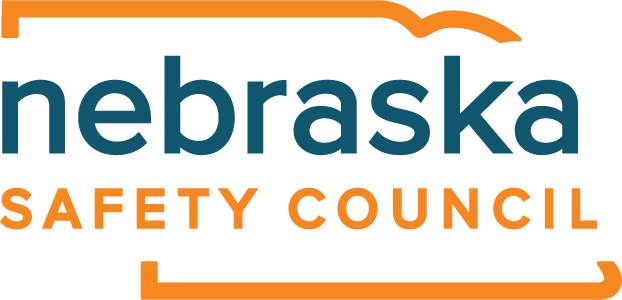Mosquitoes long have been taking a bite out of warm-weather fun. Now, that bite carries with it the danger of Zika virus, West Nile virus and other mosquito-borne illnesses.
Zika: What You Need to Know
Zika is transmitted primarily by Aedes mosquitoes, aggressive biters that can strike during the day and at night. It has appeared in parts of Africa, Southeast Asia and the Pacific Islands, as well as Central and South America, Mexico and the continental United States. In 2016, mosquito-borne transmission of Zika virus was reported in Miami-Dade County, FL, and Cameron County, TX, according to the Centers for Disease Control and Prevention.
Anyone who lives in or travels to an area with Zika and has not already been infected can get the disease. Many people won't show any symptoms.
Others will have mild symptoms, including fever, rash, conjunctivitis (Pink Eye) and muscle pain or headache lasting two to seven days, that can be treated with rest, fluids and acetaminophen, according to the World Health Organization.
Scientific consensus is that Zika causes microcephaly and Guillain-Barré syndrome. In infants, a small head due to abnormal brain development is the defining characteristic of microcephaly. Guillain-Barré, characterized by the body's immune system attacking the peripheral nervous system, typically affects adults and can result in paralysis.
In an infographic, the CDC highlights Things Everyone Needs to Know About Zika:
- Zika can be sexually transmitted; if your partner lives in or has traveled to an area with Zika, it is recommended you abstain from sex for a period ranging from eight weeks to six months, or use a condom
- Pregnant women should not travel to areas with Zika
- During the first week of infection, Zika virus can be passed from an infected person to a mosquito, which can then can spread the disease to others
Protecting Workers
Employers need to identify those at greatest risk for Zika, including:
- Outdoor workers
- Business travelers
- Cruise line workers
- Mosquito control workers
- Healthcare and laboratory workers
Employers should provide education about the risk of Zika and other mosquito-borne illness, supply mosquito repellant and furnish clothing treated with permethrin, an insecticide. In medical centers and labs, be sure employees strictly adhere to procedures regulating the use of needles and wear personal protective equipment – gloves, gowns, masks and eye protection.
OSHA and NIOSH offer guidelines for protecting workers from occupational exposure to Zika virus. Government agencies and municipalities also are urged to enact or renew mosquito abatement plans. EPA-approved treatment of ponds and standing water is one of the most common ways agencies have attacked mosquito larva.
Localized adult mosquito biological control also might include the introduction of birds, bats, dragonflies and frogs into the eco-system.
At Home
Everyone can protect themselves and their families from the threat of Zika and other mosquito-borne illnesses, such as Dengue Fever and West Nile. Follow simple preventative measures:
- To prevent mosquito bites, use Environmental Protection Agency-registered insect repellant with DEET and wear long-sleeve shirts and long pants
- Read product labels when using insect repellant and apply as directed
- Do not leave doors or windows propped open
- Once a week, scrub or empty planters, birdbaths, vases and flowerpot saucers; mosquitoes lay their eggs in standing water
- Use EPA-approved indoor and outdoor flying insect spray or foggers
- Turn on air conditioning; mosquitoes prefer warm, damp and dark spaces
More From the CDC
Visit the CDC Zika website for the most up-to-date information on Zika virus:
- Press Release: About 1 in 10 U.S. pregnant women with confirmed Zika infection had a fetus or baby with birth defects in 2016
- Interim Guidance for Managing Occupational Exposures to Zika Virus for Healthcare Personnel
- CDC Warning On Zika Virus Ahead Of Mosquito Season
- Update on Zika: Associated Birth Defects and Evaluation of U.S. Infants with Congenital Zika Virus Exposure, U.S. Zika Pregnancy Registry, 2016
The CDC West Nile virus website also provides comprehensive information:
